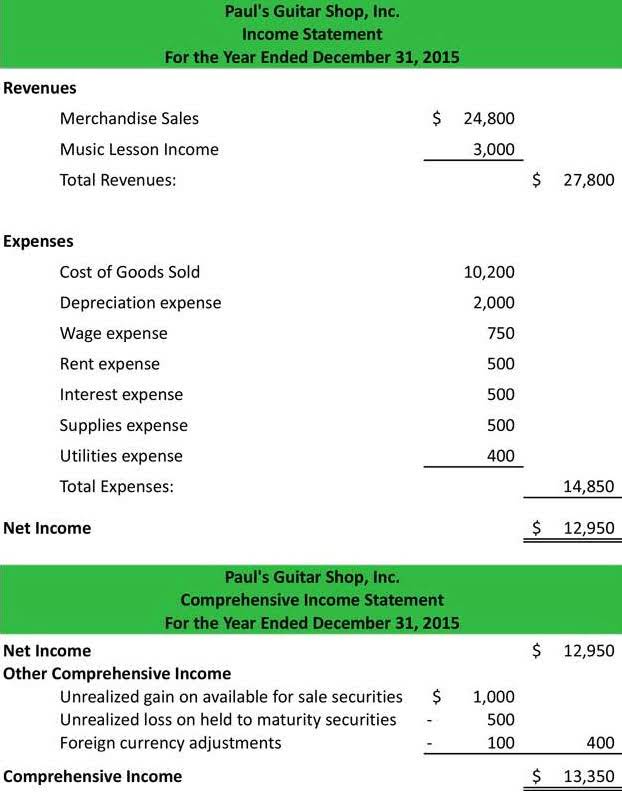Explain Deferred Assets with Examples: A Clear Guide

By aligning revenue recognition with actual service delivery, deferred revenue allows businesses to avoid overstating profits and provides a realistic view of financial results. In the case of rent payments received in advance, a landlord must record deferred revenue for the portion of rent not yet earned. For instance, if a tenant pays six months of rent upfront, the entire amount is initially considered deferred revenue. SaaS companies often operate on a subscription-based model, where customers Insurance Accounting pay a flat fee for access to software applications. If a customer pays for a 12-month subscription upfront, the amount received is deferred revenue, recognized as earned revenue on a monthly basis until the end of the subscription period. In both cases, the deferred asset represents revenue that has been received but not yet earned.

Managing Loans Receivable in Financial Reporting
- You record deferred revenue as a short term or current liability on the balance sheet.
- Accurate management of deferred revenue ensures compliance with financial reporting standards and provides a clear picture of a company’s financial health.
- Transparent disclosure in financial statement notes is essential for stakeholders to understand a company’s obligations and financial health.
- Investors and analysts closely monitor these shifts to gauge a company’s financial trajectory and resilience.
- In fact, Snowflake reported over $4.1 billion in RPO in 2024, showcasing the magnitude of contracted but unearned revenue that underpins future growth.
- The expenses incurred in the research and development activities are deferred assets until the product is launched and starts generating revenue.
That would imply that the company has paid the customer, which means that the amount would be a receivable, as a negative liability is an asset. GAAP, deferred revenue is treated as a liability on the balance sheet, since the revenue recognition requirements are incomplete. Deferred revenue is common in industries like software as a service (SaaS), media subscriptions, and membership services. Here, payments are received upfront for services rendered over time, necessitating careful accounting. Accrual accounting, a cornerstone of financial accounting, dictates that revenue should be recognized when earned, not when payment is received.
- Investors, auditors, and boards are increasingly expecting clear, disciplined treatment of deferred revenue as a reflection of maturity and readiness to scale.
- When a customer overpays an invoice, the amount is recognized as a deferred obligation until the company can return the overpayment.
- This ensures financial statements reflect real business performance instead of merely cash inflows.
- Deferred or unearned revenue represents payments received in advance for products or services yet to be delivered.
- If the company is not able to utilize the tax assets, it must create a valuation allowance to reduce the carrying value of the deferred tax assets.
Accounting for Deferred Revenue

Though its name includes “revenue,” deferred revenue is a liability in accounting terms. It is money the company has already received for goods or services it still needs to deliver. The adjusting entry to recognize deferred revenue originally recorded as revenue during the period is a debit to revenue and a credit to unearned revenue. Learn how to effectively manage deferred revenue using double entry accounting to ensure accurate financial reporting and cash flow compliance.
Deferred and Recognized Revenue
This process helps to ensure that deferred revenue is classified as a company’s reported earnings accurately represent its true economic performance. The recognition of deferred revenue follows the Generally Accepted Accounting Principles (GAAP), ensuring that businesses maintain a comprehensive view of their financial performance. As deferred revenue indicates an obligation to provide goods or services in the future, it is classified as a liability on the balance sheet until earned. Proper recognition of deferred revenue is essential for accurate reporting and understanding of a company’s financial position.
- For example, in a $50,000 IT support contract with milestones, revenue is recognized as milestones are achieved.
- The seller records this payment as a liability, because it has not yet been earned.
- Deferred assets are important because they affect a company’s financial statements.
- The deferred revenue journal entry is your tracking mechanism for this type of revenue, within your accounting.
The amount of the deferred tax asset is calculated based on the tax rate that will be in effect when the asset is realized. Deferred assets are typically created when a company receives payment for goods or services that have not yet been delivered. For example, if a company receives payment for a service contract that will be provided over the next year, the payment is recorded as a deferred asset until the service is provided. Deferred assets are a type of asset that a company recognizes on its balance sheet.

How is deferred revenue classified in financial statements?
This journal entry reduces our liability to the customer for unperformed services or undelivered goods and records the revenue that has now been earned. Double entry accounting ensures accuracy and consistency in financial record-keeping. Every financial transaction affects at least two accounts, recorded as debits and credits, which must balance. This system helps maintain equilibrium in financial statements and tracks the flow of financial resources within the organization. This process of adjusting deferred revenue is repeated until the company has fulfilled all of its obligations to the customer and the deferred revenue account balance is zero.

